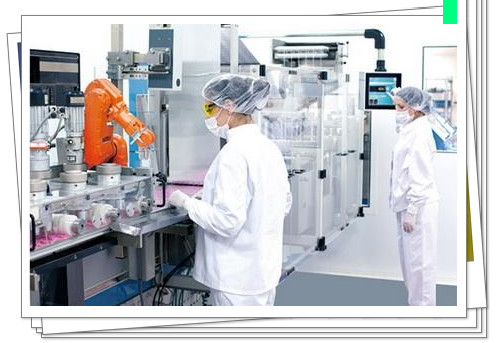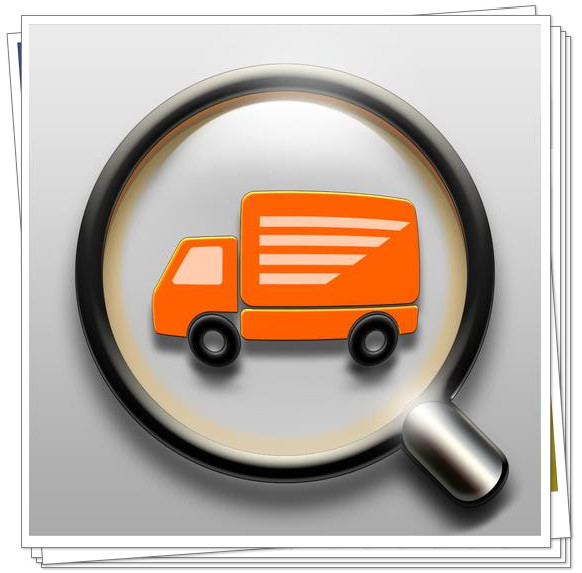
01
LoRa works in the unlicensed frequency band below 1GHz, so there is no additional fee for application. Frequency bands between 500MHz and 1GHz are optimal for long-distance communications because the physical size and efficiency of the antennas are quite advantageous. LoRaWAN uses free unlicensed frequency bands and is an asynchronous communication protocol, which is the best choice for battery power and low cost.
02
03
The strength of LoRa technology is long-distance technology. A single base station or gateway can cover an entire city or nearly a hundred square kilometers. The maximum range depends on the environment or obstructions within a given distance, but the link budget of LoRa and LoRaWAN is better than any other standard communication technology. Link budget, usually given in dB, is the primary factor that determines communication range in a given environment. With a minimum number of base stations, the entire city can be easily covered.
For end nodes, the LoRaWAN protocol is simpler, free to use, easier to develop, and more applicable and compatible with microprocessors.
Long Range(LoRa)
The strength of LoRa technology is long-distance technology. A single base station or gateway can cover an entire city or nearly a hundred square kilometers. The maximum range depends on the environment or obstructions within a given distance, but the link budget of LoRa and LoRaWAN is better than any other standard communication technology. Link budget, usually given in dB, is the primary factor that determines communication range in a given environment. With a minimum number of base stations, the entire city can be easily covered.
Battery Life
Battery Life When nodes in a LoRaWAN network are ready to send data, the communication between them is asynchronous, whether event-driven or scheduled. This type of agreement can refer to the aloha method. In a mesh network or a synchronous network, such as a cellular network, nodes need to wake themselves up frequently to stay synchronized with the network and check for messages. This synchronization consumes a lot of energy and is the number one driver of reduced battery life. In recent studies and comparisons completed by the GSMA, LoRaWAN has 3 to 5 times the battery life of all other technologies.
Network Capacity
The high network capacity of the LoRaWAN network relies on the use of adaptive data rates and the use of a multi-channel multi-mode transceiver at the gateway, so synchronization messages on multiple channels can be received. The most important factors affecting effective capacity are the number of simultaneous channels, data rate, payload length and node transmission frequency. Because LoRa is based on spread spectrum modulation, the signals are orthogonal to each other when different spreading factors are used. When the spreading factor changes, the effective data rate also changes. Gateways take advantage of this property to receive multiple different data rates on the same channel simultaneously.
If a node has a good connection and is close to a gateway, it does not necessarily have to always use the lowest data rate and occupy a higher spectrum than it needs. By increasing the data rate, the time it takes for data to be transmitted over the air is shortened, potentially increasing the space available for other nodes to transmit data. Adaptive data rates also optimize the node’s battery life. For adaptive rates to take effect, peer up and down links are required.
These features allow LoRaWAN networks to have a very high capacity and make the network more reliable. A network can deploy the minimum required infrastructure, and if more capacity is needed, gateways can be added to expand capacity 6 to 8 times. Other solutions do not have the reliability of LoRaWAN because technical trade-offs limit downlink capacity or the downlink distance is not equal to the uplink distance.
Application Examples
Smart Agriculture

Automated Manufacturing
The operation of factory machines requires real-time monitoring, which not only ensures production efficiency but also improves labor efficiency through remote monitoring. In automated manufacturing and production in factories, there are many different types of sensors and devices. Some scenarios require low-cost sensors with low power consumption and long-life batteries to track equipment and monitor status. LoRa is a reasonable choice.

Intelligent Building
For the renovation of buildings, sensors such as temperature and humidity, safety, harmful gas, and water flow monitoring are added and the monitoring information is uploaded regularly, which facilitates the supervision of managers and makes it more convenient for users. Generally speaking, the communication of these sensors does not need to be particularly frequent or to ensure particularly good service quality, and a portable home gateway can meet the needs. Therefore, LoRa is a more suitable choice in this scenario.
Logistics Tracking
An important requirement for tracking or positioning the market is the battery life of the terminal. Logistics tracking can serve as a practical example of hybrid deployment. Logistics companies can deploy networks at required locations according to positioning needs, which can be in warehouses or transport vehicles. At this time, portable base stations come in handy. LoRa can provide such a deployment solution. At the same time, LoRa has a feature that makes communication more stable when moving at high speeds. Due to the above considerations, LoRa is more suitable for logistics tracking.
HOPERF currently provides a variety of low-cost, relatively mature technology LoRa bidirectional transceiver modules, such as RFM95/95P, RFM96, RFM98/98P and so on. The working frequency band can support from 433~915MHz; all support SPI interface; at the same time, a complete set of LoRaWan products is also coming out and will be introduced into the market soon to provide more powerful support for customers and industry-related application solutions.
